Full-stack Quantum Hardware Design
Stefan Krastanov | UMass Amherst, MIT
U. Arizona, Harvard, MIT, Yale, BYU, U. Chicago, Howard University, U. Oregon, UMass Amherst, NAU
Computing in the Real Universe
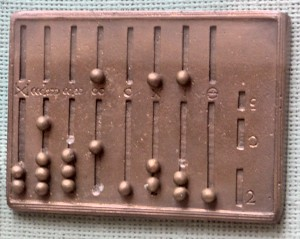




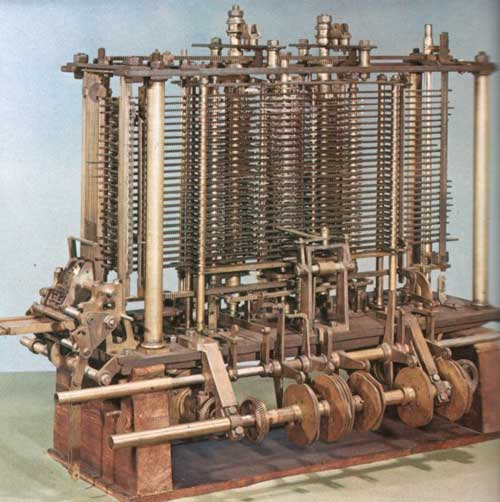

What do the laws of physics permit?
$\vec{x},\vec{p}$
$\frac{\mathrm{d}\vec{x}}{\mathrm{d}t}=\frac{\partial\mathcal{H}}{\partial\vec{p}}\ \dots$
P
$\vec{x},\vec{p}$
$\frac{\mathrm{d}\vec{x}}{\mathrm{d}t}=\frac{\partial\mathcal{H}}{\partial\vec{p}}\ \dots$
P
$\rho\scriptstyle\left(\vec{x},\vec{p}\right)$
$\frac{\partial \rho}{\partial t}=-\left\{\rho,\mathcal{H}\right\}$
BPP
$\vec{x},\vec{p}$
$\frac{\mathrm{d}\vec{x}}{\mathrm{d}t}=\frac{\partial\mathcal{H}}{\partial\vec{p}}\ \dots$
P
$\rho\scriptstyle\left(\vec{x},\vec{p}\right)$
$\frac{\partial \rho}{\partial t}=-\left\{\rho,\mathcal{H}\right\}$
BPP
$|\psi\rangle$
$i\hbar\frac{\mathrm{d}\ \ }{\mathrm{d} t}|\psi\rangle=\hat{H}|\psi\rangle$
BQP
Why care about a quantum model of computation?
BQP seems bigger than P or BPP.
Useful problems become easy on a quantum device.
Going in the other direction: theoretical computer science can inform theoretical physics.
Where is the Quantum Advantage?
Computing a function on all possible inputs at the same time?
Consider searching for the zero $z$ of a function $\textrm{f}$
$\textrm{f}(z)=0$
$\textrm{f}(x)=1$ for $x\ne z$
$$ \begin{matrix} x_1 \\ x_2 \\ z \end{matrix} $$
possible inputs
$$ \begin{pmatrix} p_{x_1} \\ p_{x_2} \\ p_{z} \end{pmatrix} $$
initial state of the computer
$$ \hat{M} \begin{pmatrix} p_{x_1} \\ p_{x_2} \\ p_{z} \end{pmatrix} $$
executing the program
$$ \begin{pmatrix} 0 \\ 0 \\ 1 \end{pmatrix} $$
desired final state
$$ \begin{matrix} x_1 \\ x_2 \\ z \end{matrix} $$
possible inputs
$$ \begin{pmatrix} p_{x_1} \\ p_{x_2} \\ p_{z} \end{pmatrix} $$
initial state of the computer
$$ \hat{M} \begin{pmatrix} p_{x_1} \\ p_{x_2} \\ p_{z} \end{pmatrix} $$
executing the program
$$ \begin{pmatrix} 0 \\ 0 \\ 1 \end{pmatrix} $$
desired final state
What about the bit?
$$ b \in \{0,1\} $$
classical bit
$$ \begin{pmatrix}p_0\\p_1\end{pmatrix} \in \mathbb{R}^2 $$ $$\scriptstyle p_0+p_1=1$$
classical probabilistic bit
$$ \begin{pmatrix}c_0\\c_1\end{pmatrix} \in \mathbb{C}^2$$ $$\scriptstyle |c_0|^2+|c_1|^2=1$$
quantum bit (qubit)
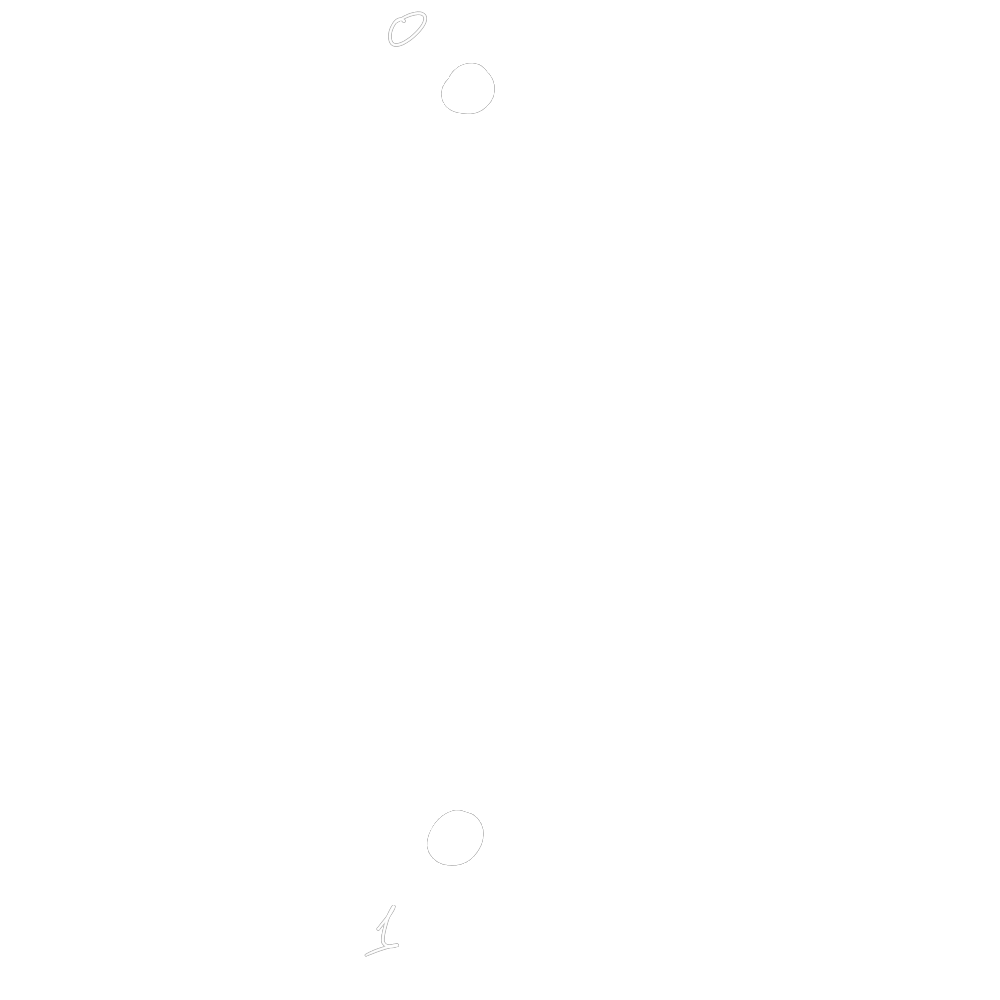
classical bit
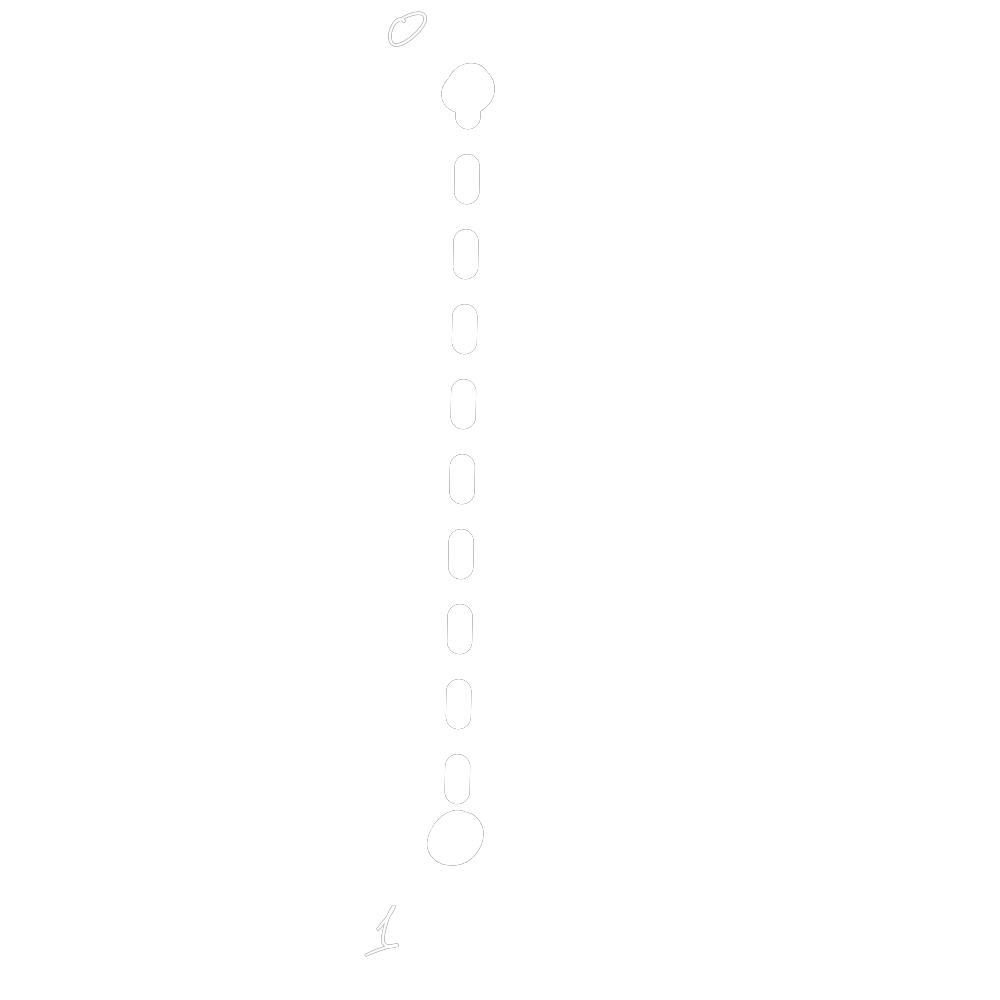
classical probabilistic bit
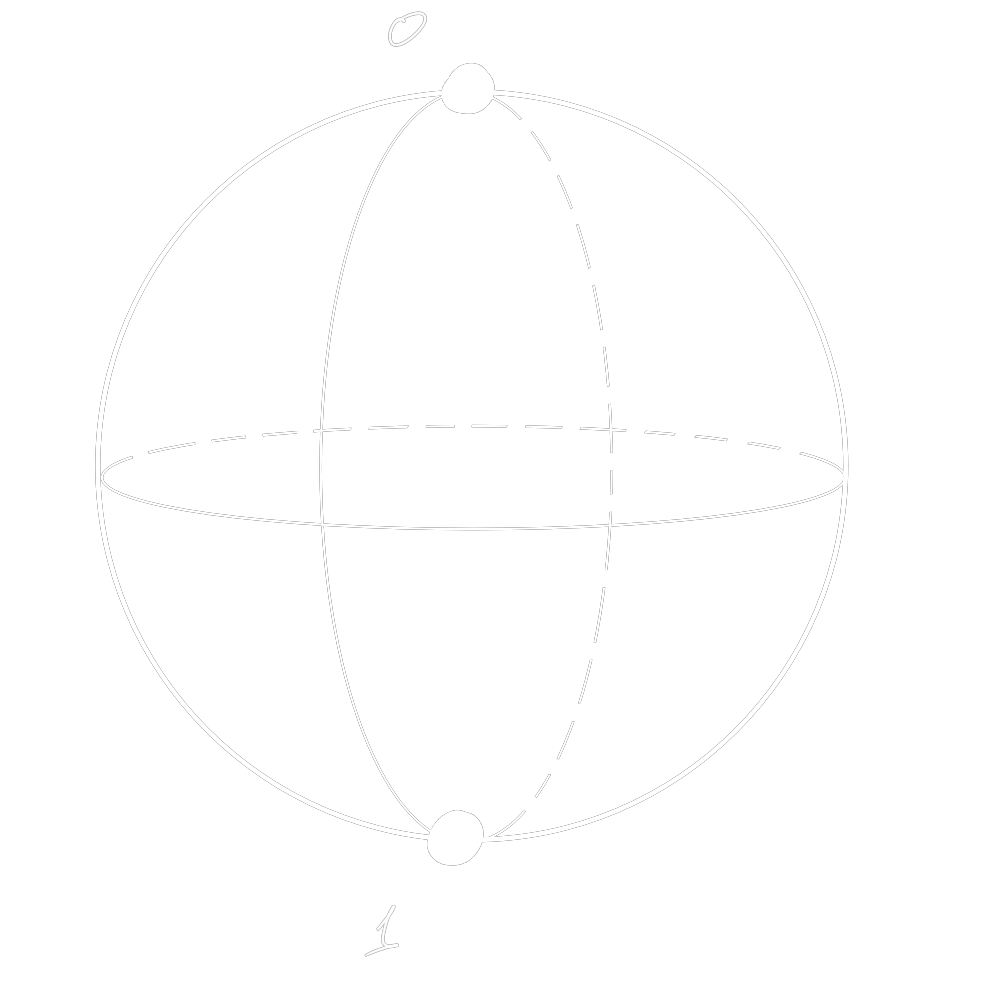
quantum bit (qubit)
Where is the Quantum Advantage?


Why is it taking so long?


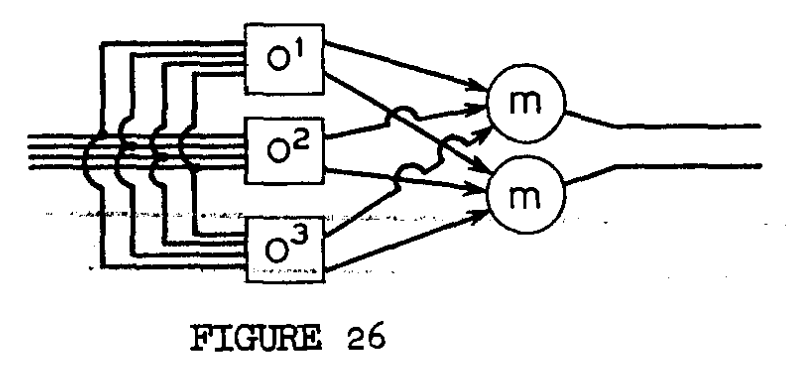
- von NeumannThe Synthesis of Reliable Organisms […]


- von NeumannThe Synthesis of Reliable Organisms […]
The Quantum Technology Stack
Materials
Analog Control
Noisy Digital Circuits
Error Correction
Quantum Algorithms
We have the fastest "algebra of quantum error correction" tool
a = random_pauli(1_000_000_000);
b = random_pauli(1_000_000_000);
@benchmark mul_left!(a,b)
# Time (median): 32.246 ms
SIMD.jl and Polyester.jl
- Krastanov and contributorsQuantumClifford.jl
... and work on GPU acceleration for error correction codes (ECC)¹
... and a library of codes and ECC circuit compilers²
... and expander-graph LDPC code generators³
Possible thanks to CUDA.jl and Nemo.jl
- past and current undergrad projects at MIT and Hampshire
- past and current undergrad projects at GSoC and UMass
- current undergrad projects at MIT (Vaishnavi Addala)QuantumExpanders.jl
And the occasional algorithmic discovery
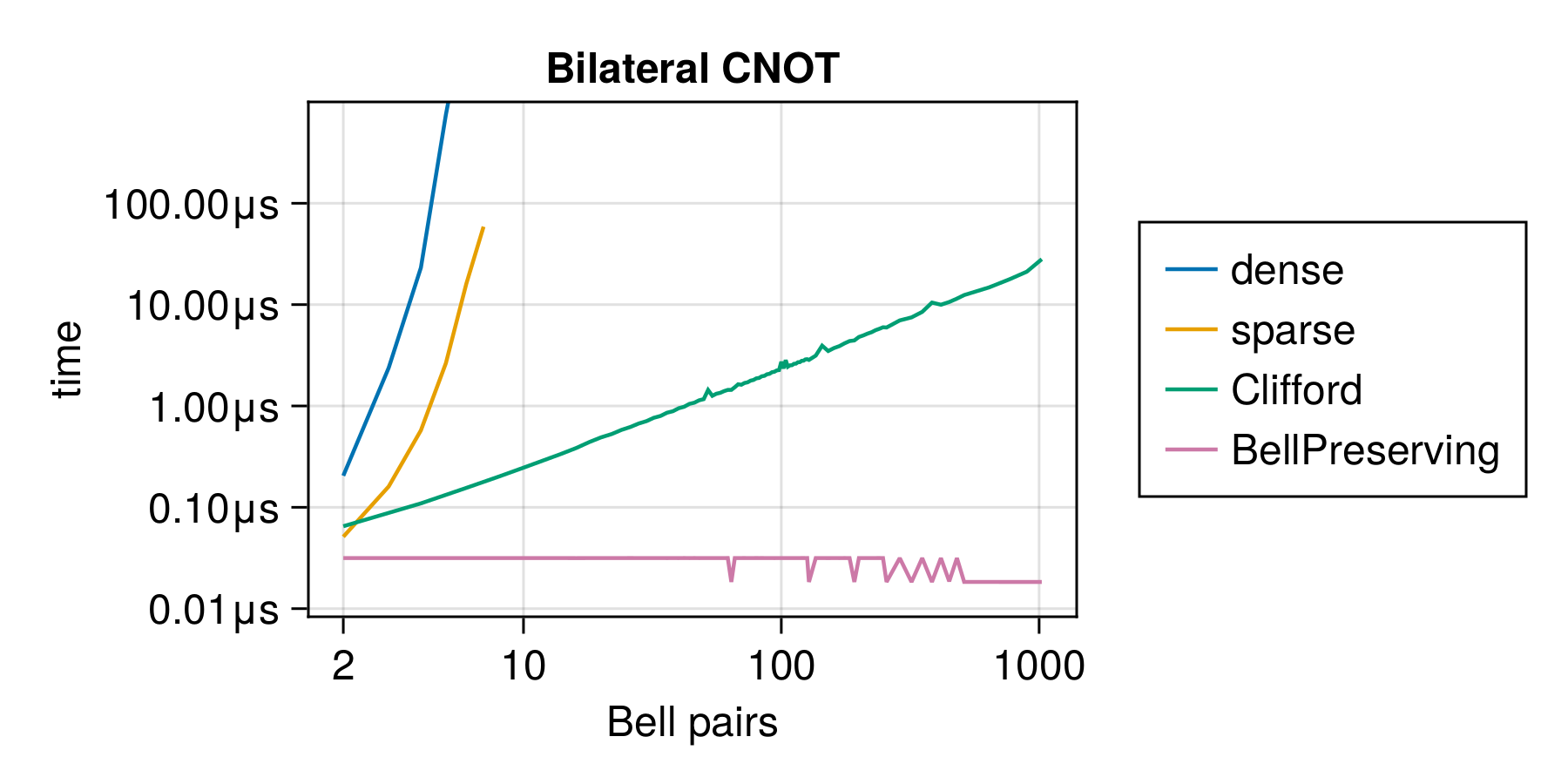
- past undergrad projects at MIT (Shu Ge)BPGates.jl
The wider Julia ecosystem
QuantumOptics.jl, ITensors.jl, Yao.jl, quantum chemistry and solid state tools, EM tools, multiphisics classical tools, etc
Full-Stack Design and Optimization Toolkit
Symbolic description of quantum logic
Declarative noise models
Translation to many simulator backends
Discrete event scheduler
High-level lego-like interface
Symbolic description of quantum logic
julia> X1⊗L1
|+⟩|1⟩
julia> express(X1⊗L1)
Ket(...) # a dense vector from
# QuantumOptics.jl
julia> express(X1⊗L1, CliffordRepr())
X_ # an exponentially more-efficient
-_Z # representation from
# QuantumClifford.jl
Symbolics.jl and many "backend" library.
traits = [Qubit(), Qubit(), Qumode()]
reg = Register(traits)

A register "stores" the states being simulated.
Translation to many simulator backends
initialize!(reg[1], X₁)

A register's slot can be initialized to an arbitrary state, e.g. $|x_1\rangle$ an eigenstate of $\hat{\sigma}_x$.
Translation to many simulator backends
initialize!(reg[1], X₁)
initialize!(reg[2], Z₁)
apply!((reg[1], reg[2]), CNOT)

Arbitrary quantum gates or channels can be applied.
Translation to many simulator backends
initialize!(reg[1], X₁)
initialize!(reg[2], Z₁)
apply!((reg[1], reg[2]), CNOT)

Arbitrary quantum gates or channels can be applied.
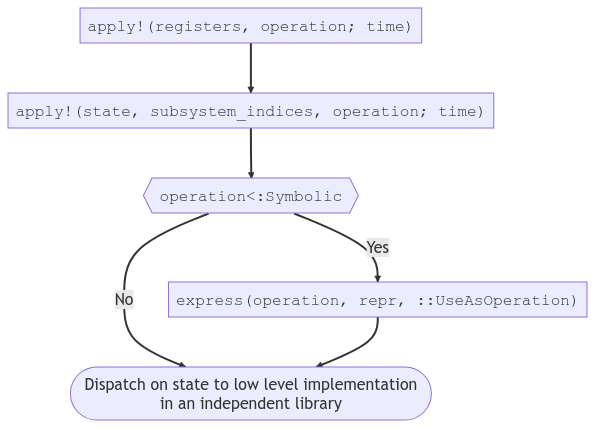
Discrete event scheduler
Locks and channels, message passing, delays, concurrency, agent-based sims...Discrete event scheduler
High-level lego-like interface
QuantumSavory.jl
github.com/Krastanov/QuantumSavory.jl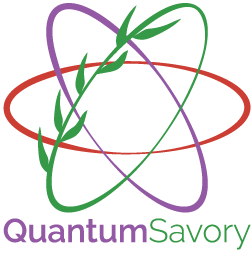
prerelease...
We are hiring both at UMass Amherst and MIT:
software engineering
quantum science
Message at stefankr@mit.edu, skrastanov@umass.edu
Including work done by Vaishnavi Addala and Shu Ge, in coordination with Dirk Englund.
Consider gradschool or postdoc at UMass Amherst:

Design of optical/mechanical/spin devices with Sandia, Mitre, and MIT.
Working on practical LDPC ECC in networking and computing with CQN.
Creating new tools for the entire community.